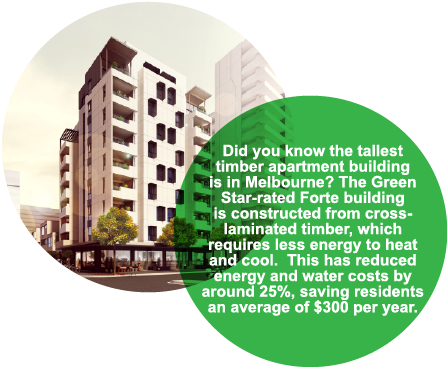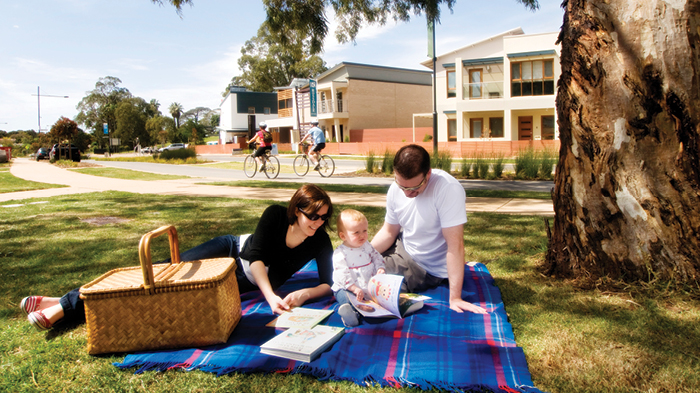Why own a green residential building?

![]()
The benefits of owning a green home
The benefits of green building continue to stack up. There are a wide range of positive benefits for people owning a green home including:
|
The gas-boosted hot water system at Lilyfield Housing Redevelopment in Sydney caters for 60% of hot water consumption and delivers annual savings of $19,000 – or $213 per unit – meaning the annual electricity bill for households are 25% cheaper. Read our case study. |
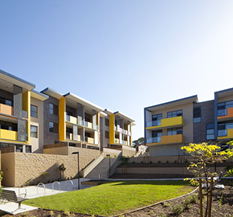 |
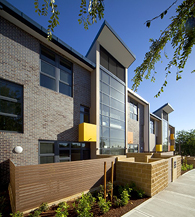 |
![]()
Healthier homes
Green homes are healthy homes. Focused on good ventilation and indoor environment quality, low-toxic materials and abundant daylight, these factors have been proven to improve the health and wellbeing of residents.
- A literature review undertaken by the Australian Housing and Urban Research Institute in 2011 found that people who live in dwellings that are damp, cold or mouldy are at greater risk of respiratory conditions, such as asthma, and more likely to suffer from mental health issues.
- Good indoor environment quality is nothing to be sneezed at! Lung and respiratory diseases – associated with poor indoor environment quality – are three of the top five leading causes of death, according to the World Health Organization.
- The National Centre for Healthy Housing in the US has found people experience 63% more symptom-free days from asthma when they live in homes with low-toxicity and good indoor environment quality.
![]()
Smart InvestmentMany buyers are beginning to see green buildings as a mark of quality when they hunt for a new property and evidence is emerging that a green rating translates into a higher sale price when it comes time to sell.
|
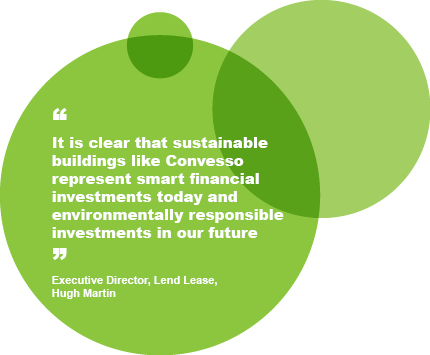 |
|
With a 4 Star Green Star rating, Convesso 8 Waterside Place in Melbourne uses 65% less heating and cooling energy than similar sized, non-green apartments. It’s also a smart investment. |
||
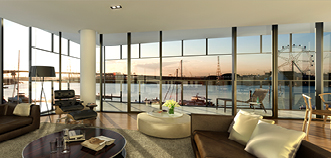 |
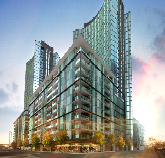 |
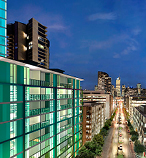 |
![]()
Reduced environmental impact
Did you know buildings are the single largest contributor to the world’s greenhouse gas emissions, using 40% of global energy and generating around 30% of the carbon emissions? By choosing to own green building you can easily reduce your impact of the environment.
- The Value of Green Star: A decade of environmental benefits (2013) finds that, on average, Green Star-certified buildings:
- Use 66% less electricity than average Australian buildings
- Produce 62% fewer greenhouse gas emissions than average Australian buildings
- Use 51% less potable water than average buildings
- Recycle 96% of their waste, compared with 58% for the average new construction project.

|
The Redfern Housing Redevelopment in Sydney features water-efficient fittings and fixtures, as well as the reuse of rainwater and treated greywater, which are saving 4,700 cubic metres of water a year – the equivalent of two Olympic-sized swimming pools or 33,571 bathtubs. The cost savings amount to $7,500 a year across the entire tenancy. Read our case study. |
 |
|
Central Park in Sydney features a trigeneration plant that will reduce greenhouse gas emissions by as much as 190,000 tonnes over the 25-year life of the plant – equivalent to removing 2,500 cars from the roads every year for 25 years Case study coming soon. |
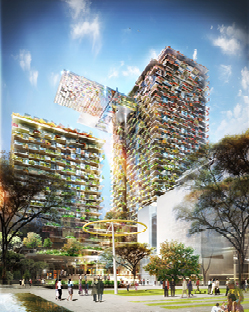 |
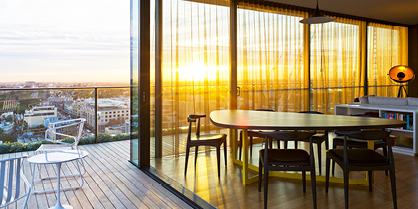 |
|
Ready to start using Green Star?
Green Star – Multi Unit Residential v1
Green Star – Communities
Green Star – Interiors
More Green Star rating tools
Contact:
Jorge Chapa
Chief Impact Officer
Green Building Council of Australia
Phone: 02 8239 6218
Email: jorge.chapa@gbca.org.au
In this section
- Why design or build a green commercial building?
- Why design or build a green residential building?
- Why design or build a green school?
- Why design or build a green hospital?
- Why design or build a green public building?
- Why own a green commercial building?
- Why own a green residential building?
- Why own a green school?
- Why own a green hospital?
- Why own a green public building?

